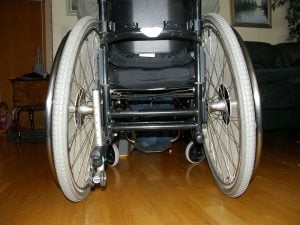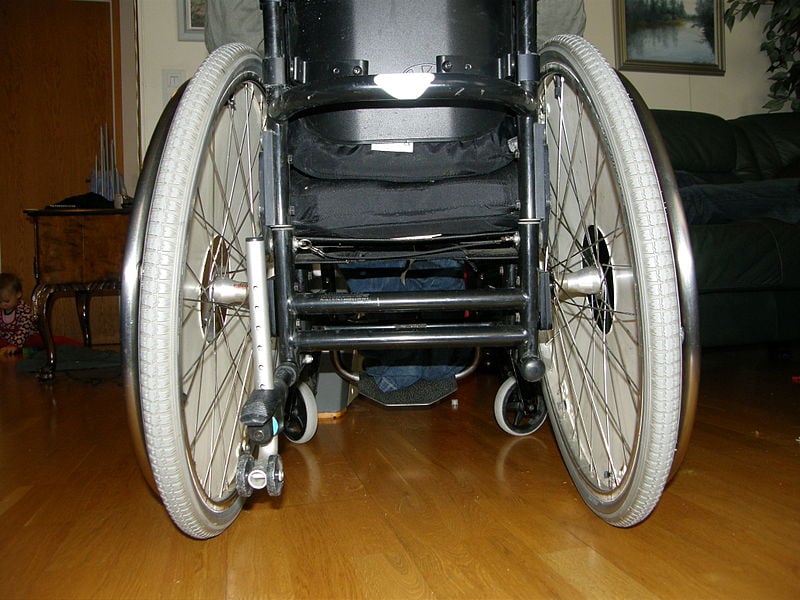People with spinal cord injuries show strong association of wheelchairs as part of their body, not extension of immobile limbs.
The human brain can learn to treat relevant prosthetics as a substitute for a non-working body part, according to research published in journal PLOS ONE by Mariella Pazzaglia and colleagues from Sapienza University and IRCCS Fondazione Santa Lucia of Rome in Italy, supported by the International Foundation for Research in Paraplegie.
The researchers found that wheelchair-bound study participants with spinal cord injuries perceived their body’s edges as being plastic and flexible to include the wheelchair, independent of time since their injury or experience with using a wheelchair. Patients with lower spinal cord injuries who retained upper body movement showed a stronger association of the wheelchair with their body than those who had spinal cord impairments in the entire body.
According to the authors, this suggests that rather than being thought of only as an extension of the immobile limbs, the wheelchairs had become tangible, functional substitutes for the affected body part. As Pazzaglia explains, “The corporeal awareness of the tool emerges not merely as an extension of the body but as a substitute for, and part of, the functional self.”

Previous studies have shown that people with prosthetic devices that extend or restore movement may make such tools part of their physical identity, but whether this integration was due to prolonged use or a result of altered sensory input was unclear. Based on the results of this study, the authors suggest that it may be the latter, as the brain appears to continuously update bodily signals to incorporate these tools into a sense of the body. The study concludes that this ability may have applications in rehabilitation of physically impaired people.
Notes about this neurology research
Citation: Pazzaglia M, Galli G, Scivoletto G, Molinari M (2013) A Functionally Relevant Tool for the Body following Spinal Cord Injury. PLOS ONE 8(3): e58312.doi:10.1371/journal.pone.0058312
Financial Disclosure: Funded by the International Foundation for Research in Paraplegie (IRP, P133) and EU Information and Communication Technologies Grant (VERE project, FP7-ICT-2009-5, Prot. Num. 257695. The funders had no role in study design, data collection and analysis, decision to publish, or preparation of the manuscript.
Competing Interest Statement: The authors have declared that no competing interests exist.
Contact: Jyoti Madhusoodanan – Public Library of Science
Source: Public Library of Science press release
Image Source: The wheelchair image used in the neurology article is available in the public domain.
Original Research: Full open access research for “A Functionally Relevant Tool for the Body following Spinal Cord Injury” by Mariella Pazzaglia, Giulia Galli, Giorgio Scivoletto and Marco Molinari in PLoS ONE. Published online March 6 2013 doi:10.1371/journal.pone.0058312







